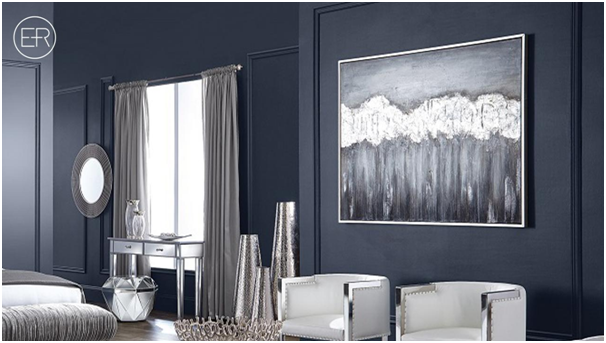The slightest details are crucial in fashion. The emphasis has been on more practical aspects of clothing, even if men typically don’t dabble with accessories. However, cufflinks may be helpful and creative, giving your suit a stylish finishing touch.
You probably prefer to fold your shirt cuffs or use the button to secure them. You won’t receive praise from people who value the finer nuances, though.
Let a great stylist advise you on how to wear cufflinks if you’ve recently received personalised cufflinks as a gift from a loved one or are considering including them in your wardrobe.
What are cufflinks?
Instead of buttons typically stitched into the cuff, cufflinks are used to close shirt cuffs. While the majority of men’s shirts have a one-button barrel cuff, French cuff shirts and exquisite dress shirts are worn with black ties, and formal occasions call for the addition of cufflinks.
These tiny, elegant accessories, typically made of silver- or gold-toned metals, hold the cuffs in place to ensure a precise fit around the wrists. String was replaced with cufflinks in the sixteenth century to prevent cuffs from flapping around.
When Louis XIV of France ascended to the throne in 1643, the antiquated fasteners were being phased out, and gorgeous glass cufflinks connected with a short chain took their place. Cufflink manufacturing skills improved over time, and men began donning expensive jewel-encrusted designs to emphasise their social position. Read up on the background of cufflinks.
How to Put Cufflinks On?
Cufflink usage can be challenging, especially if you’ve never had a pair. Cufflinks tie shirts together by slipping through the holes in the side opening and which are locked in the cuff in place.
The most typical cufflink design will be used to demonstrate how to wear them with a standard shirt. The most popular style of cufflink on the market has a large, decorative-fronted head, a post that protrudes to secure the link.
The toggle is turned to the closed position to secure this cufflink, ensuring a post will drop from beneath the wearer’s chin. Before the toggle is swung outward to stop the base from retracting, the floor is slid through the cuff holes.
The ornamental front face of the head is seen at the top of the buttonholes with the cufflink attached.
Types of Cufflinks
Knowing the many types of cufflinks available and how they clasp is essential to know how to wear them:
- Whale Back Cufflinks– The head that is flat, straight post, and “whale tail” flips flat against the base, giving the whale back cufflinks its name. The broad post and closing mechanisms make these cufflinks straightforward to use. The Whale Back style of cufflinks is typically the most prevalent.
- Bullet Back Cufflinks– Similar to whale back cufflinks, bullet back cufflinks include a hollow post and a narrow metal cylinder that serves as the closing mechanism. The cylinder rotates outward to lock the links in place, which secures the frame as the post.
- Ball Return Cufflinks– have a small, hefty ball on a curving post opposite the ornamental head. The fastening is tighter than the chain but less secure than hinged cufflinks.
- Chain Link Cufflinks – possess a small chain connecting their two heads. This type has a looser fit than other designs and visible embellishments.



